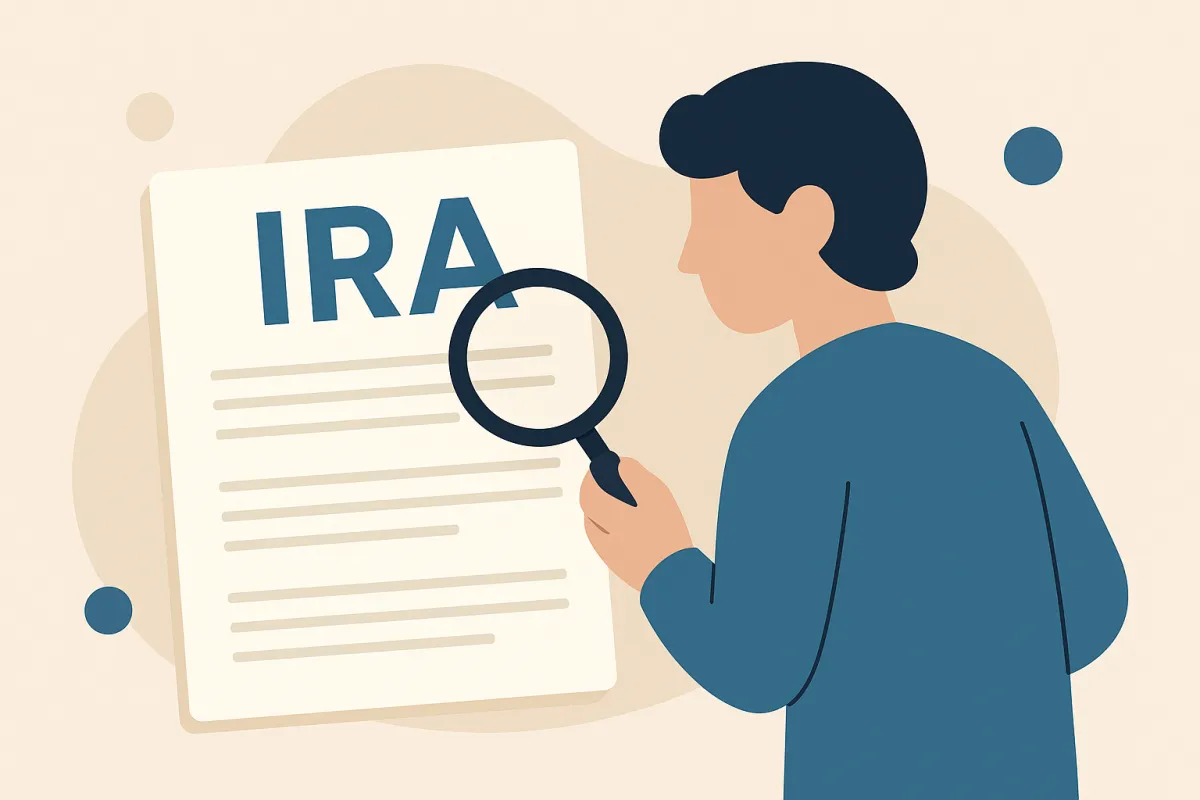
Understanding IRAs: Building a Secure Retirement
Understanding IRAs: Building a Secure Retirement
Individual Retirement Accounts (IRAs) have become a cornerstone of retirement planning for many Americans. Introduced in 1974 under the Employee Retirement Income Security Act (ERISA), IRAs were designed to provide individuals with a tax-advantaged way to save for retirement, especially as traditional pensions became less common.
The Benefits of IRAs
Tax Advantages: Traditional IRAs offer tax-deferred growth, meaning you pay taxes upon withdrawal, potentially at a lower rate in retirement. Roth IRAs, on the other hand, allow for tax-free withdrawals, as contributions are made with after-tax dollars.
Investment Flexibility: IRAs provide a wide range of investment options, including stocks, bonds, and mutual funds, allowing for a diversified portfolio tailored to your retirement goals.
Accessibility: IRAs are available to anyone with earned income, making them a versatile tool for retirement savings.
Potential Pitfalls to Consider
Contribution Limits: Annual contribution limits can restrict the amount you can save each year. For 2025, the limit is $7,000, with an additional $1,000 catch-up contribution for those aged 50 and over.
Early Withdrawal Penalties: Withdrawing funds before age 59½ may result in a 10% penalty, along with income taxes on the amount withdrawn.
Complex Rules: Understanding the nuances between Traditional and Roth IRAs, including eligibility and tax implications, can be challenging without proper guidance.
Why Professional Guidance Matters
Navigating the complexities of IRAs requires careful planning and consideration of your unique financial situation. Working with a trusted advisor can help you:
Determine the most suitable IRA type based on your current and projected tax bracket.
Develop a diversified investment strategy aligned with your retirement goals.
Understand the implications of early withdrawals and required minimum distributions (RMDs).
